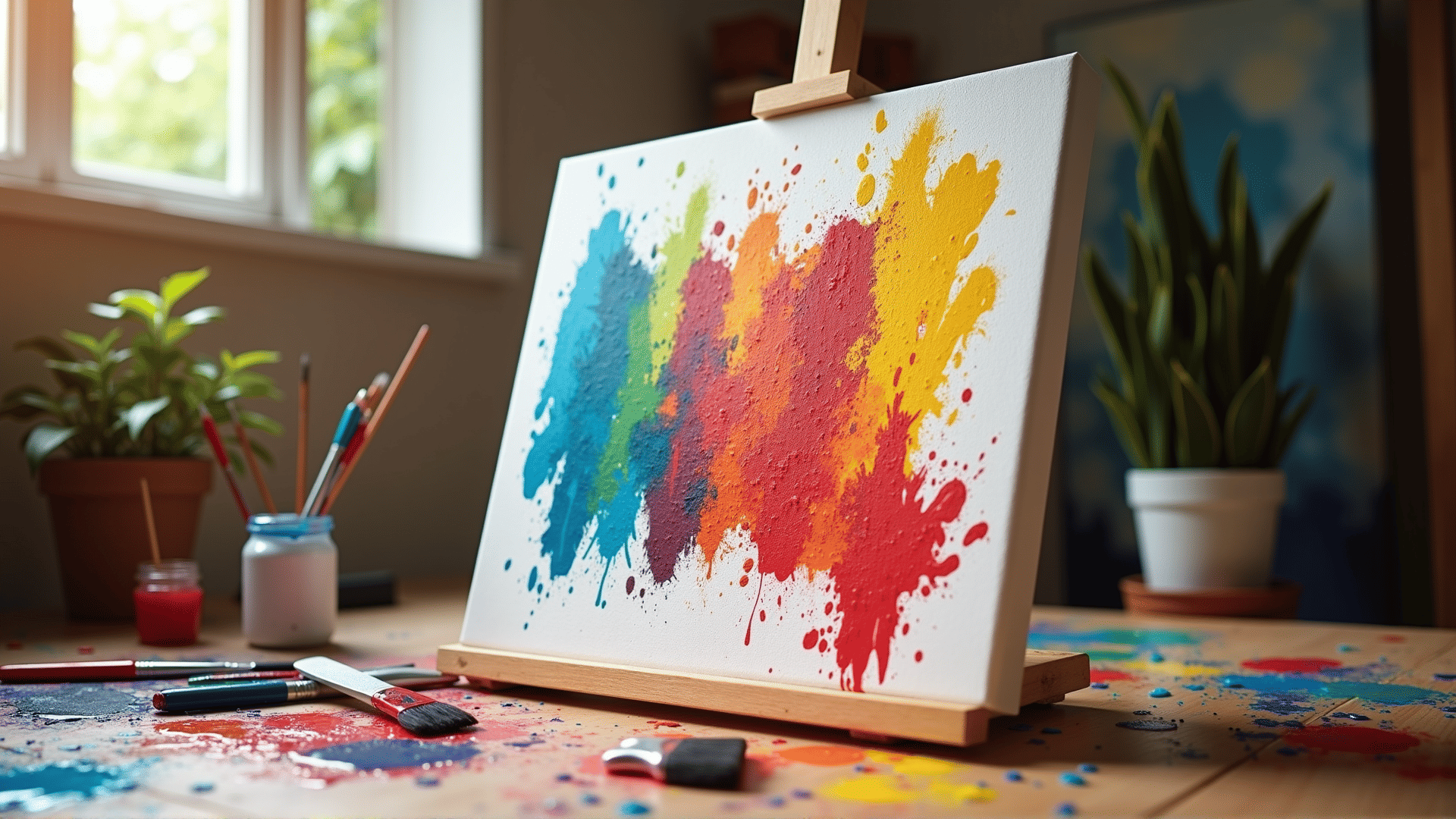Exploring the vast world of canvas art is a journey filled with endless possibilities. Mastering canvas techniques not only enhances your artistic skills but also adds depth and dimension to your creations. With insights from seasoned artists, you can learn to wield your brushes with confidence and build a solid understanding of the materials best suited for your artistic goals.
Understanding the Basics
Before diving into advanced techniques, it's crucial to establish a strong foundation. Canvas, a durable fabric often made from linen or cotton, serves as the backdrop for myriad forms of artistic expression. Selecting the right canvas is the first step towards elevating your artwork. Linen canvas is typically preferred by professionals for its high quality and durability, while cotton canvas offers an economical and versatile option for beginners.
Priming your canvas is an essential preparatory step. Gesso, a white paint mixture, serves as the primer that creates a slightly textured surface, ensuring the paint adheres well. For artists seeking a more personalized touch, consider experimenting with tinted gesso to add a subtle undertone to your work before the painting begins.
Brushwork and Techniques
The way you wield your brush can dramatically alter the outcome of your piece. Different techniques can evoke various emotions and dynamics within the artwork. Start by familiarizing yourself with basic strokes: stippling, hatching, and scumbling, each offering unique textures and effects.
For more advanced techniques, consider exploring glazing—a method involving the application of thin, transparent layers of paint. This technique allows you to create depth and luminosity, enriching the color dynamics within your painting. Wet-on-wet and dry brushing techniques also provide distinct textures, each expanding your creative repertoire.
Experimenting with Materials
The choice of materials greatly influences the terrain of your artistic experience. Professional artists often emphasize the importance of high-quality paints. Oil paints offer rich hues and an extended drying time, useful for blending and creating intricate details. Acrylics dry quickly, ideal for artists who wish to layer colors efficiently, while watercolors provide a delicate touch, perfect for ethereal and vibrant effects.
Incorporating mixed media elements can further enhance your craftsmanship. Combine textiles, paper, or even three-dimensional objects to add an unexpected layer to your canvas. These additions can provide a tactile experience for the viewer and open new avenues for your creative expression.
Gaining Inspiration and Finding Your Style
While techniques and materials are important, the heart of artistry lies in inspiration and personal style. Take time to observe the world, understanding how light, shadow, and color interact in nature. Explore art history and study the masters, deciphering their techniques and adapting them to your work.
Establishing a routine practice is crucial. Whether setting aside a few hours weekly or diving into daily practice, consistent painting hones your skill and sharpens your artistic vision.
Expert Collaboration and Continuous Learning
Finally, engaging with a community of artists greatly enriches your learning experience. Experts advise attending workshops, participating in art shows, and collaborating with fellow artists. Sharing techniques and receiving feedback provide insights that can propel your art forward.
By continually learning and experimenting with various canvas techniques, you open doors to artistic growth and creative exploration. With dedication and an open mind, you're set to elevate your artwork to new heights, capturing the essence of your unique vision on canvas.
